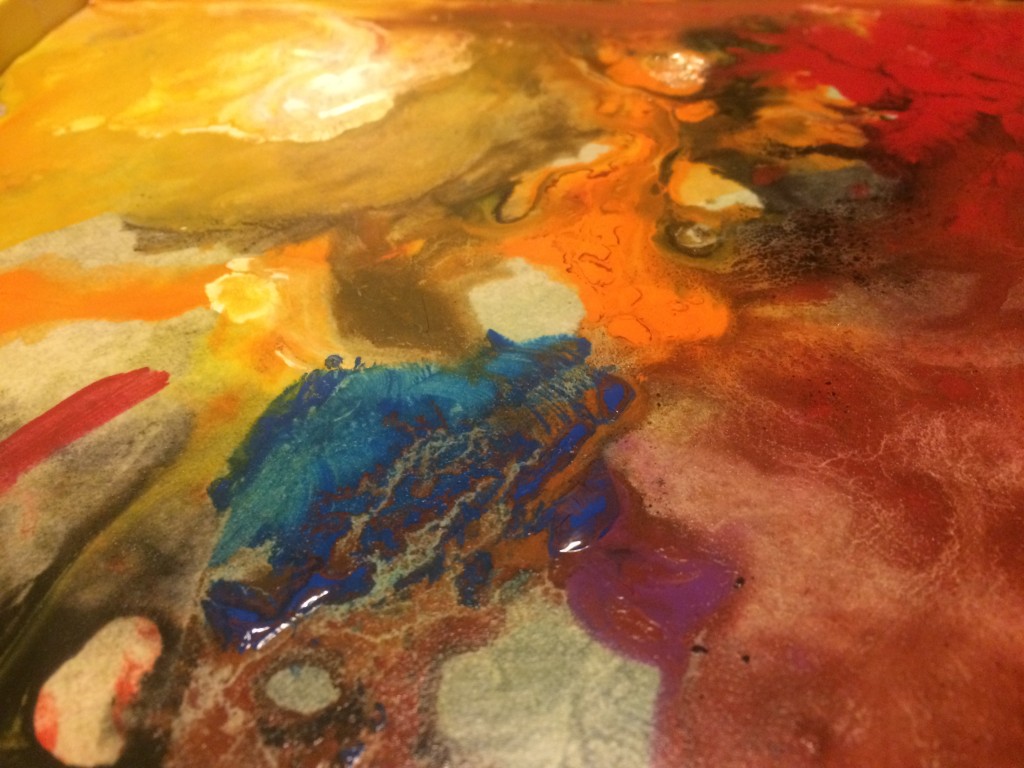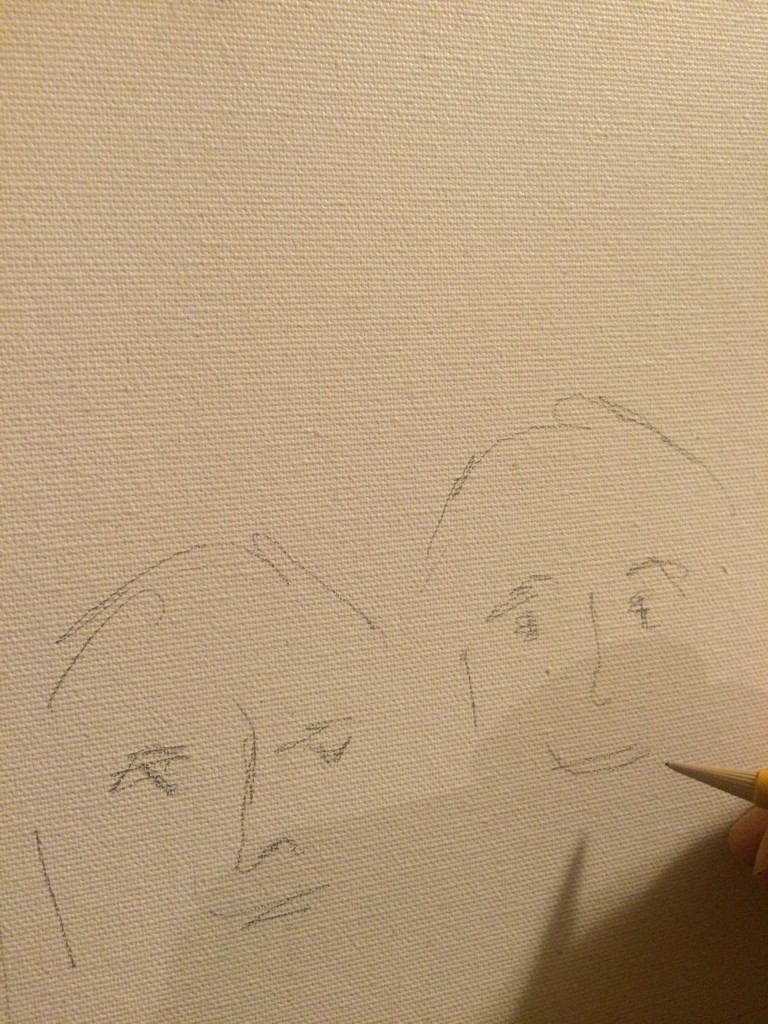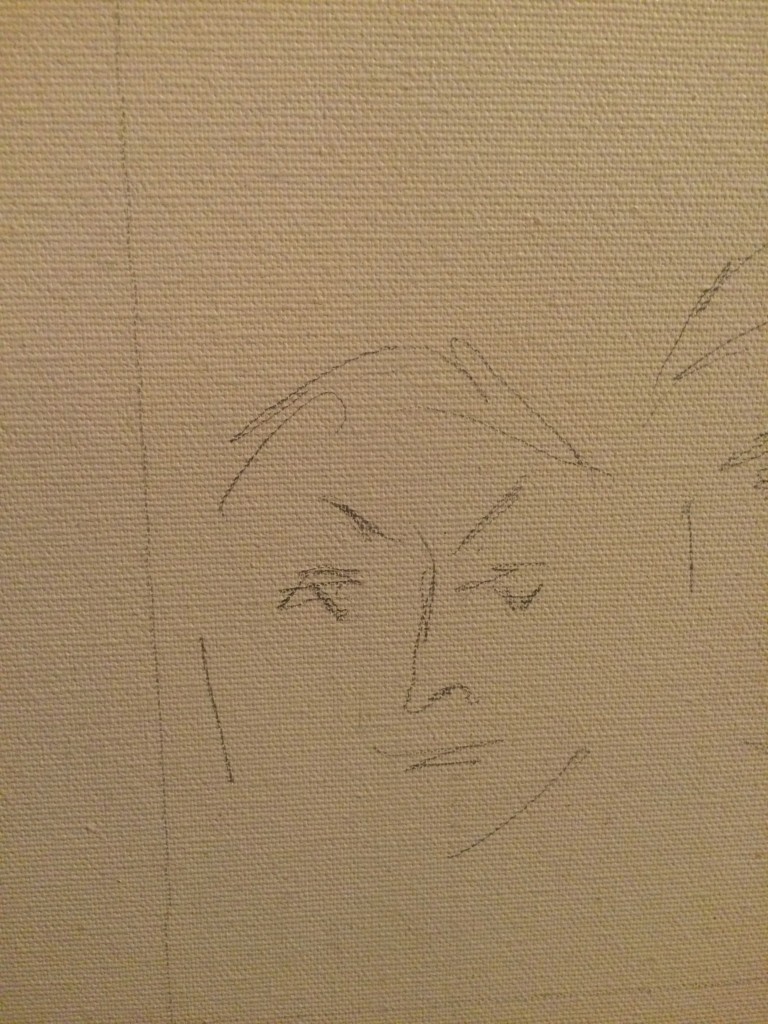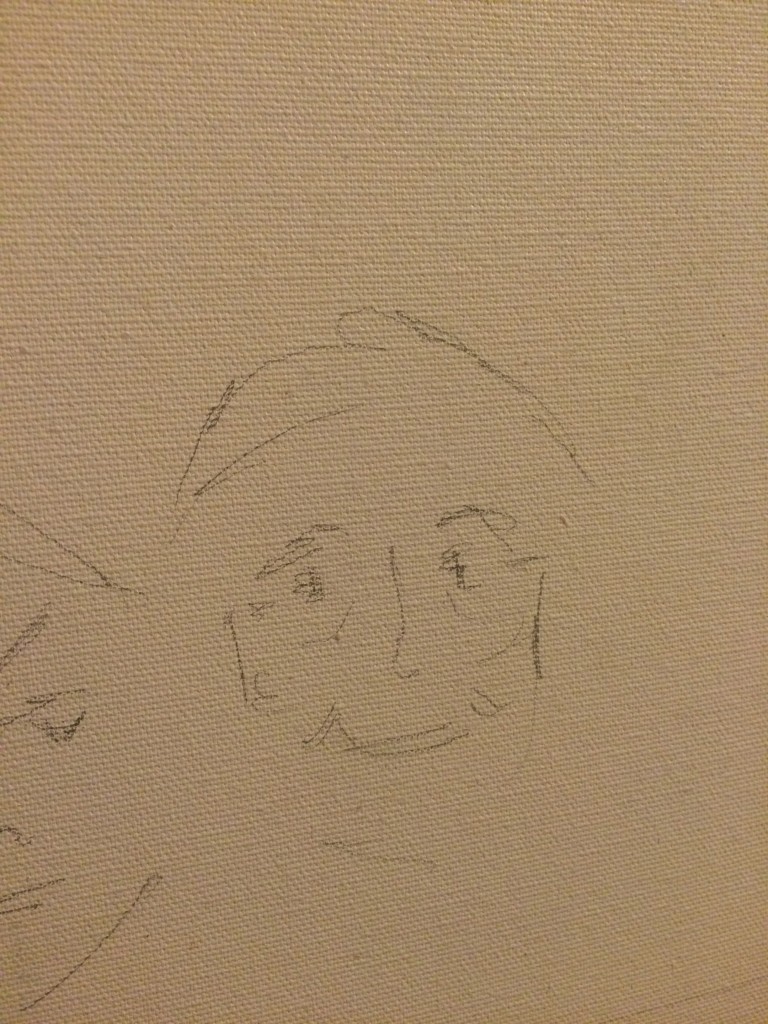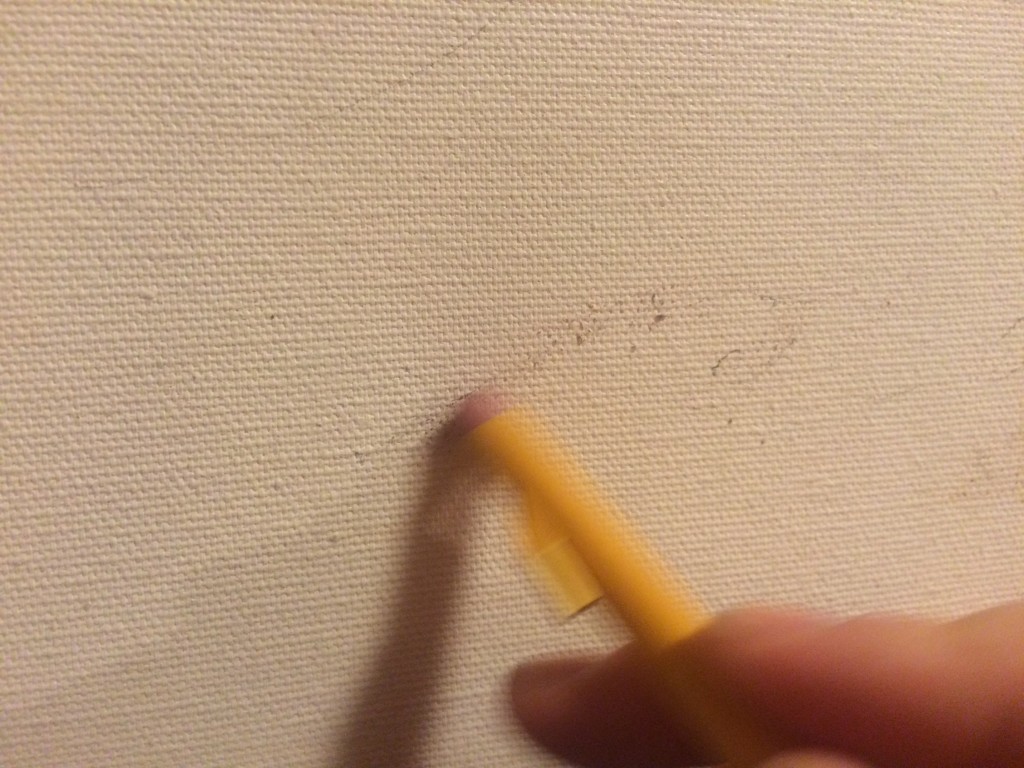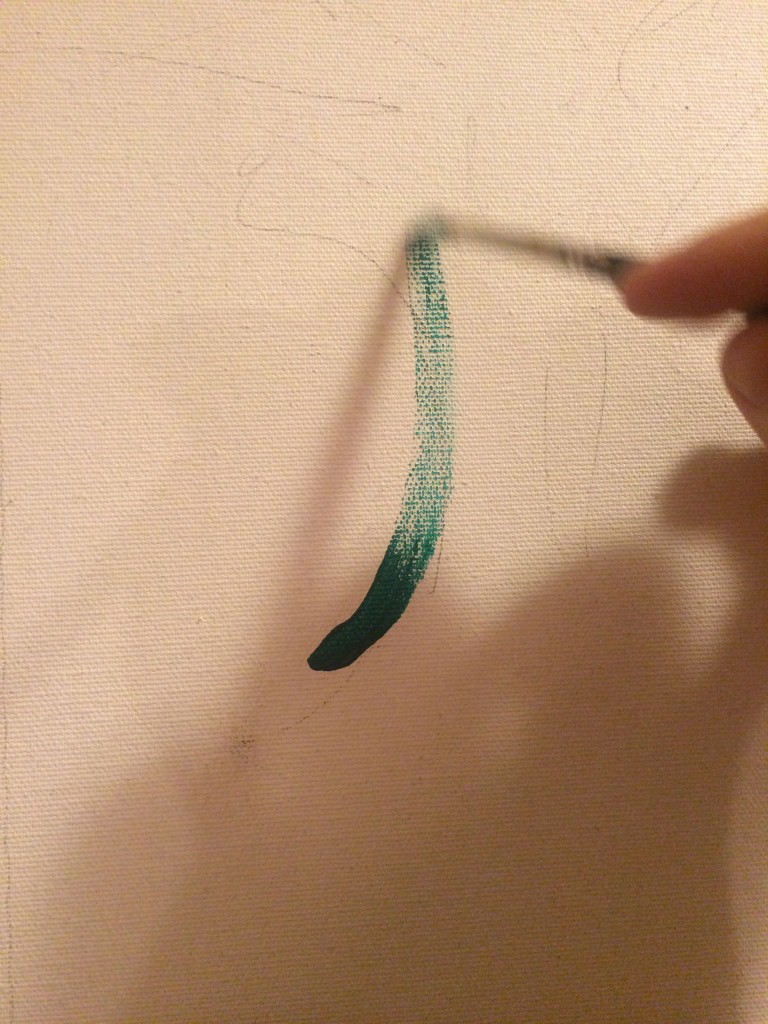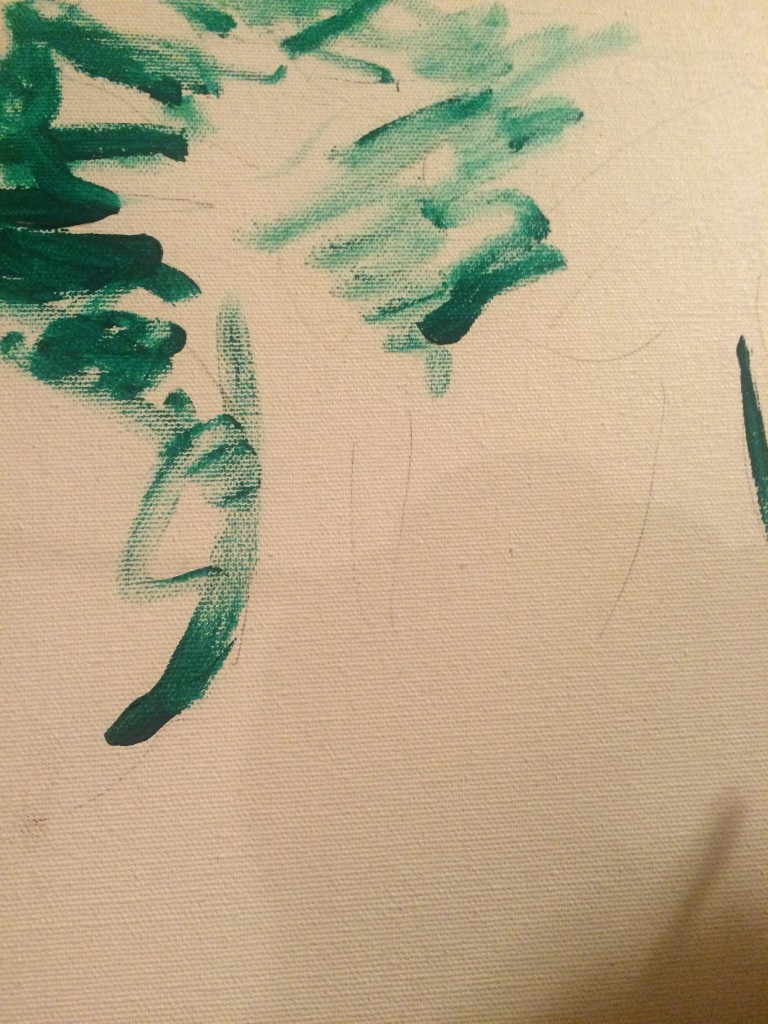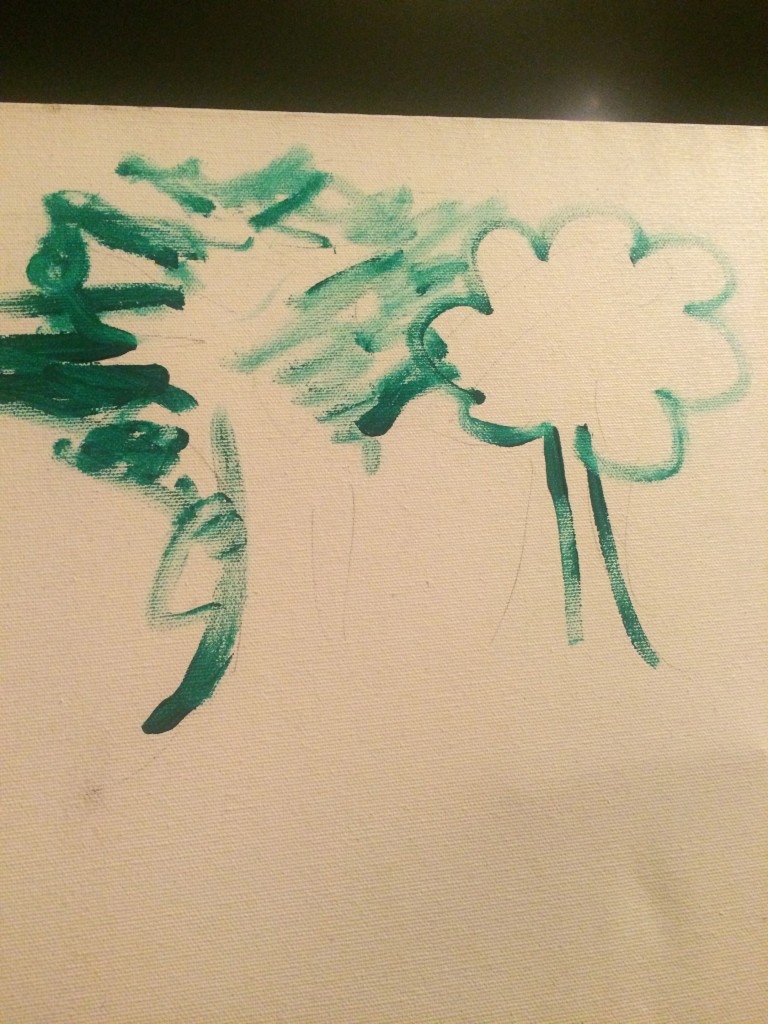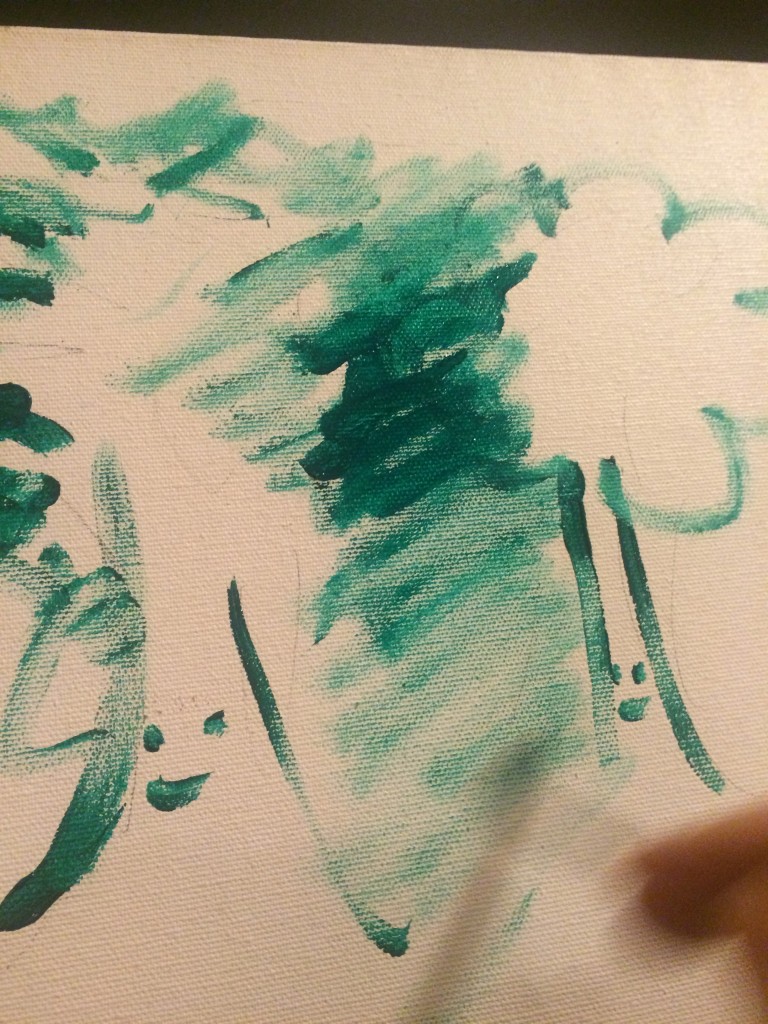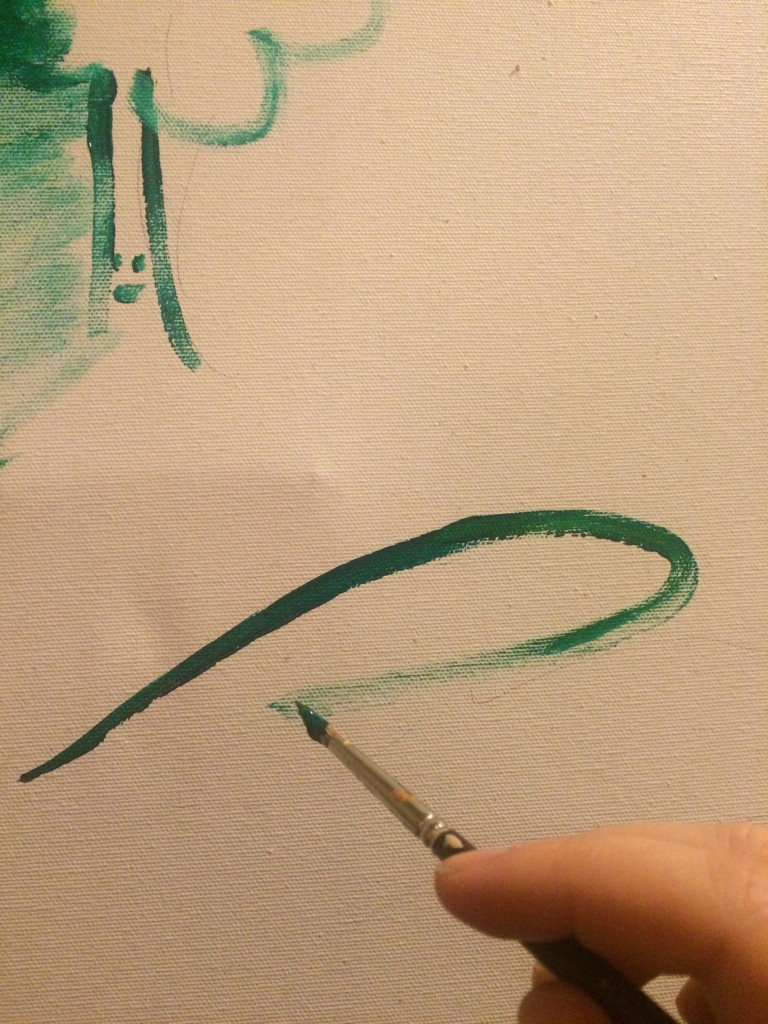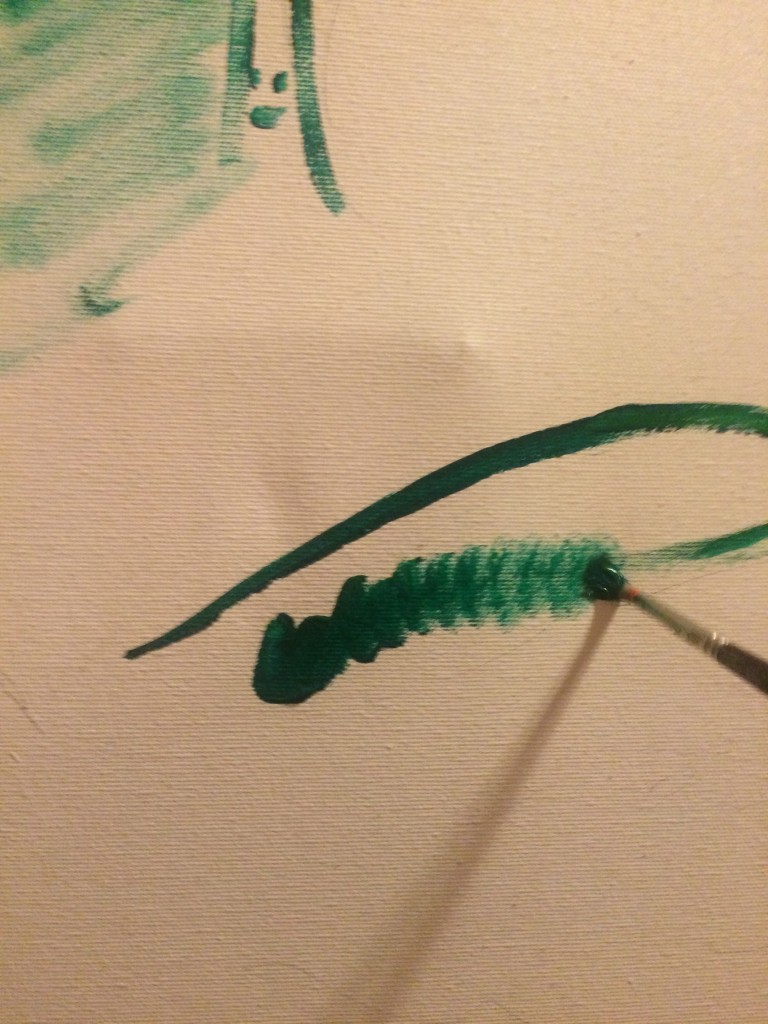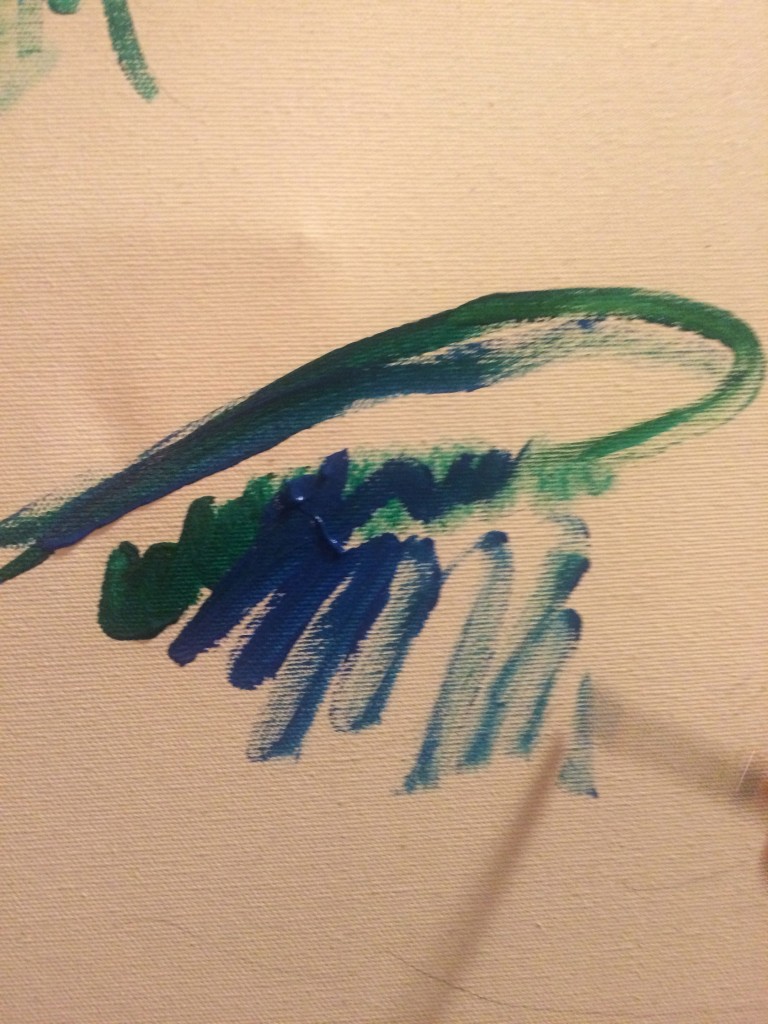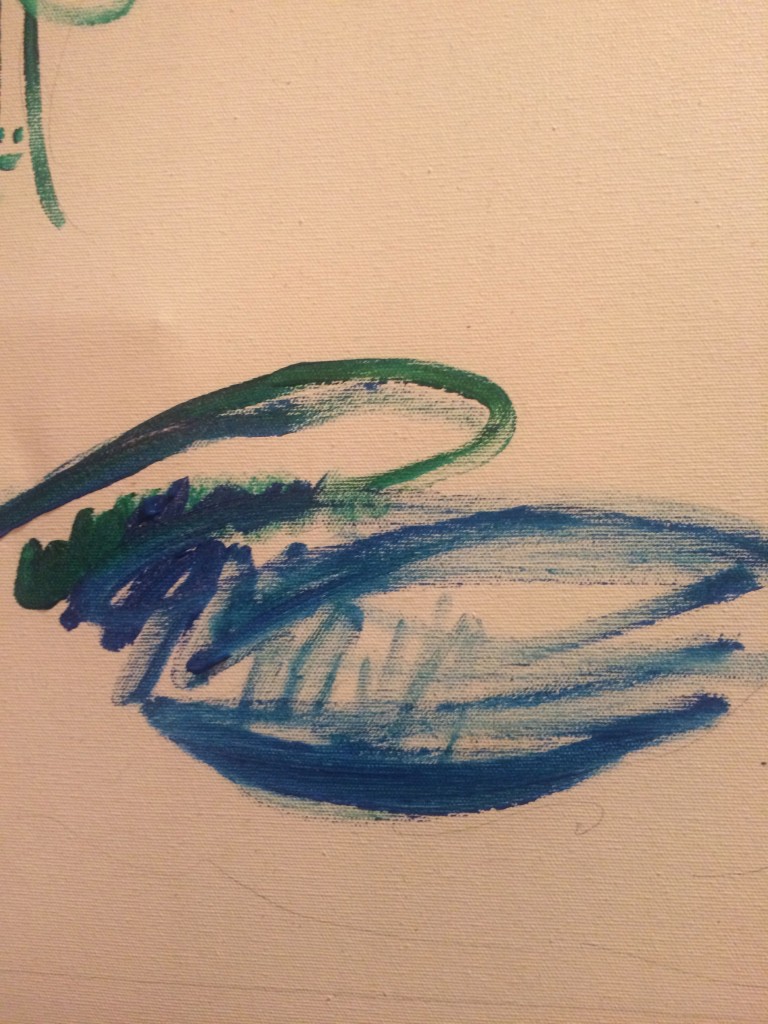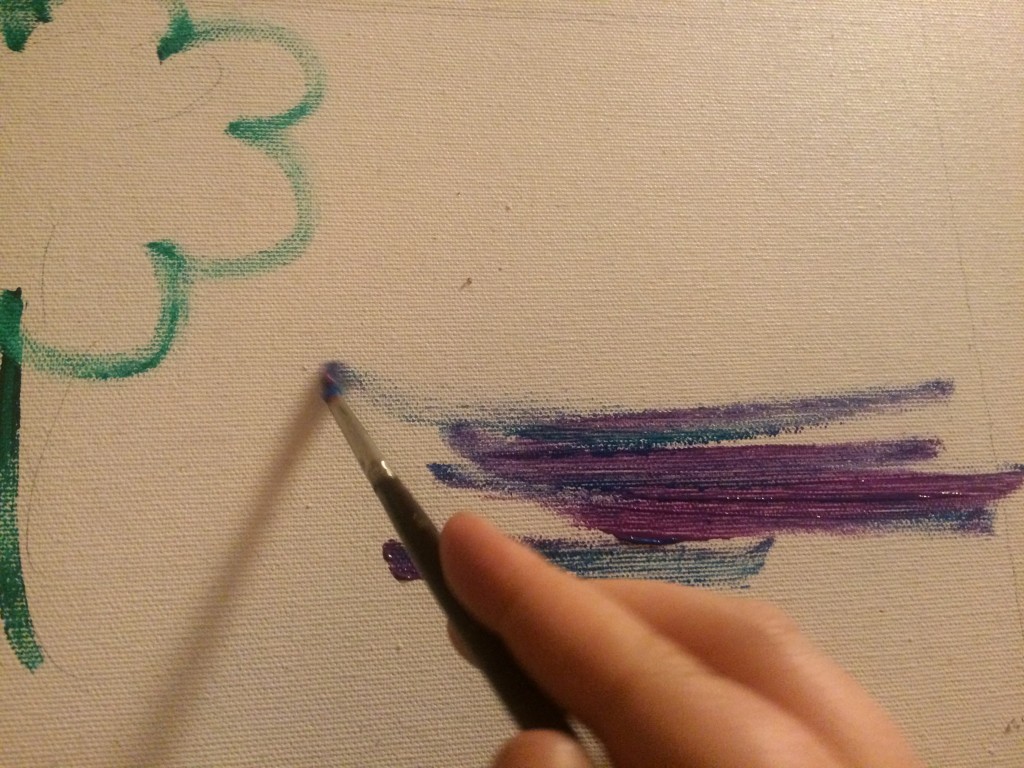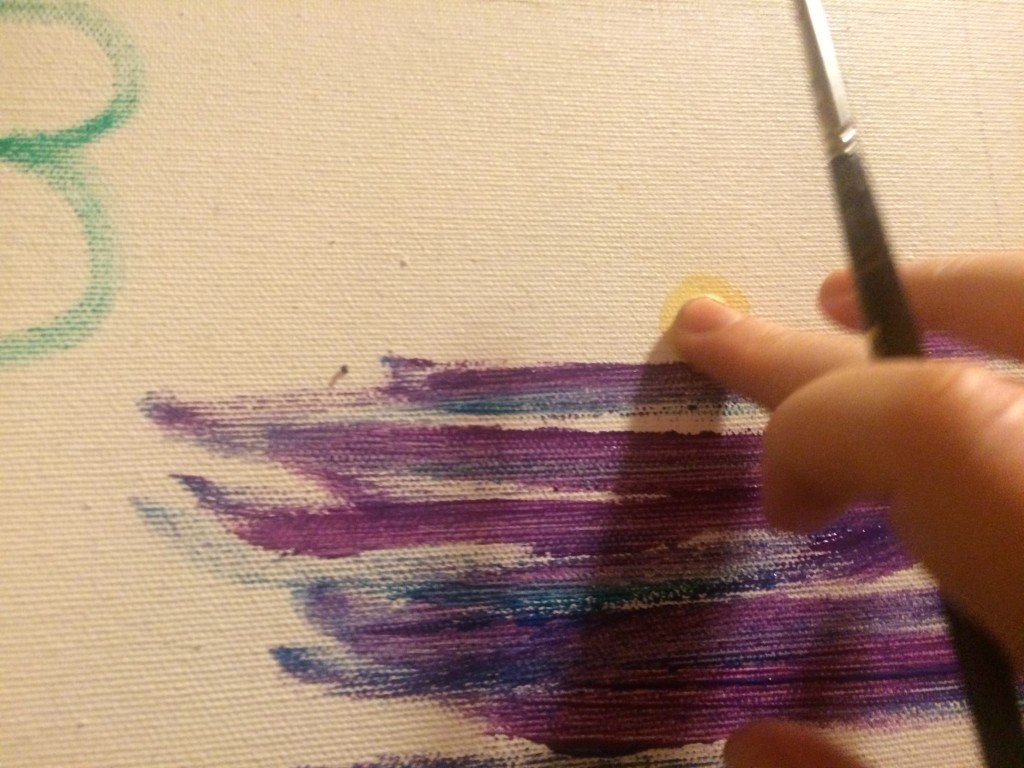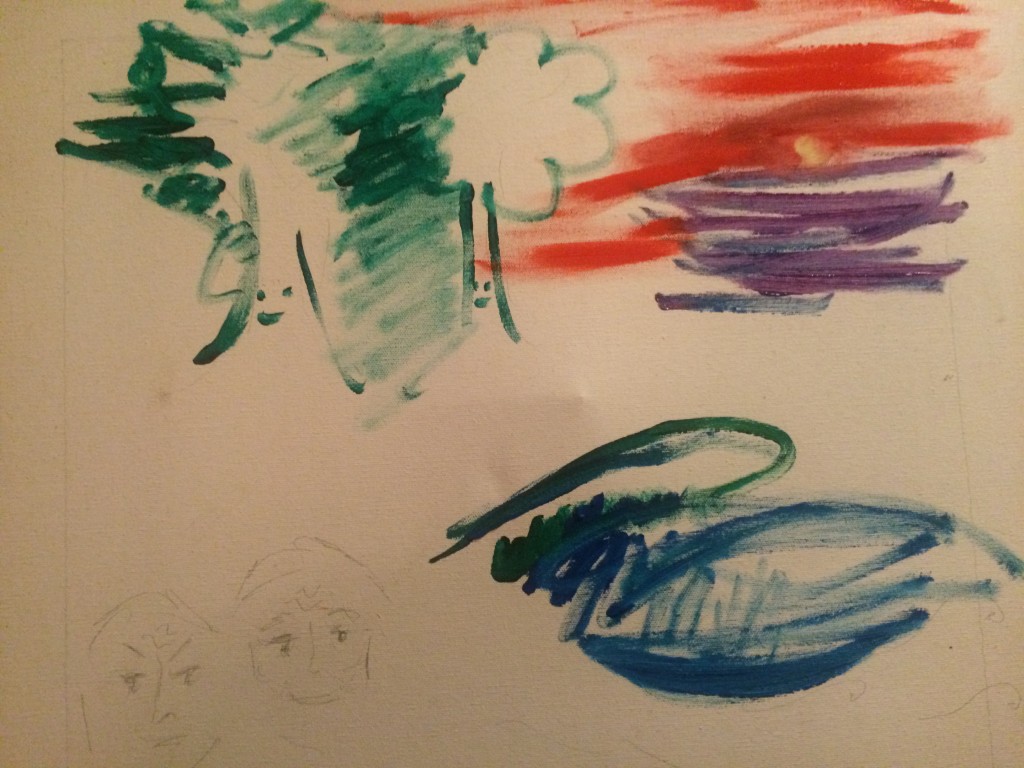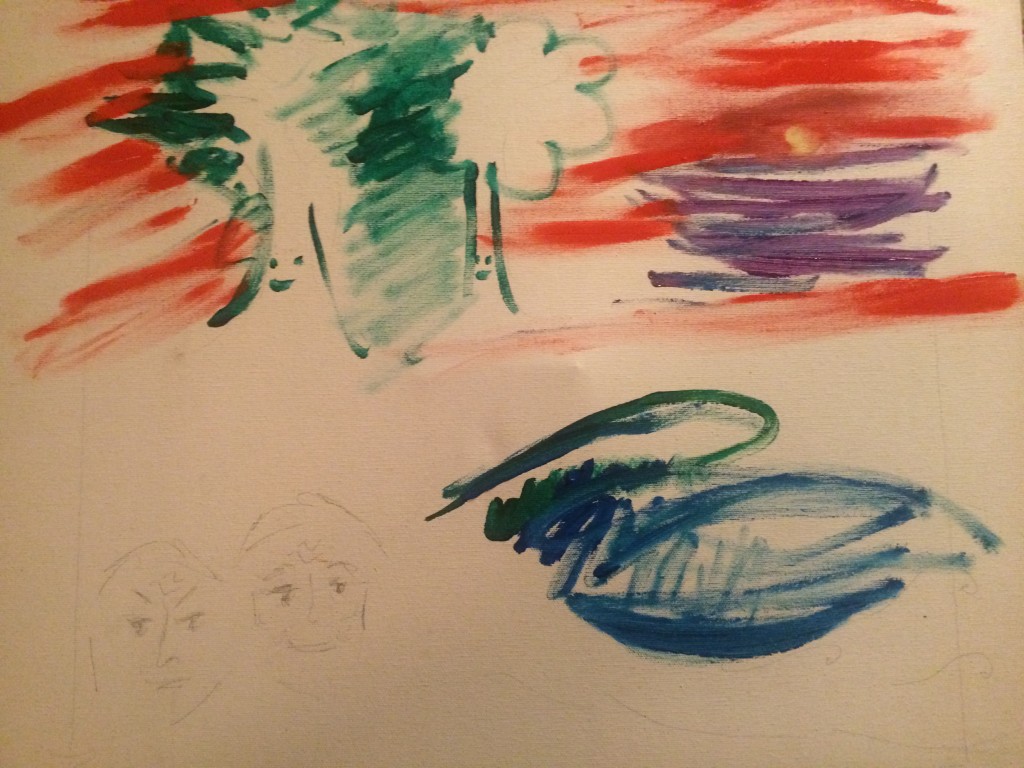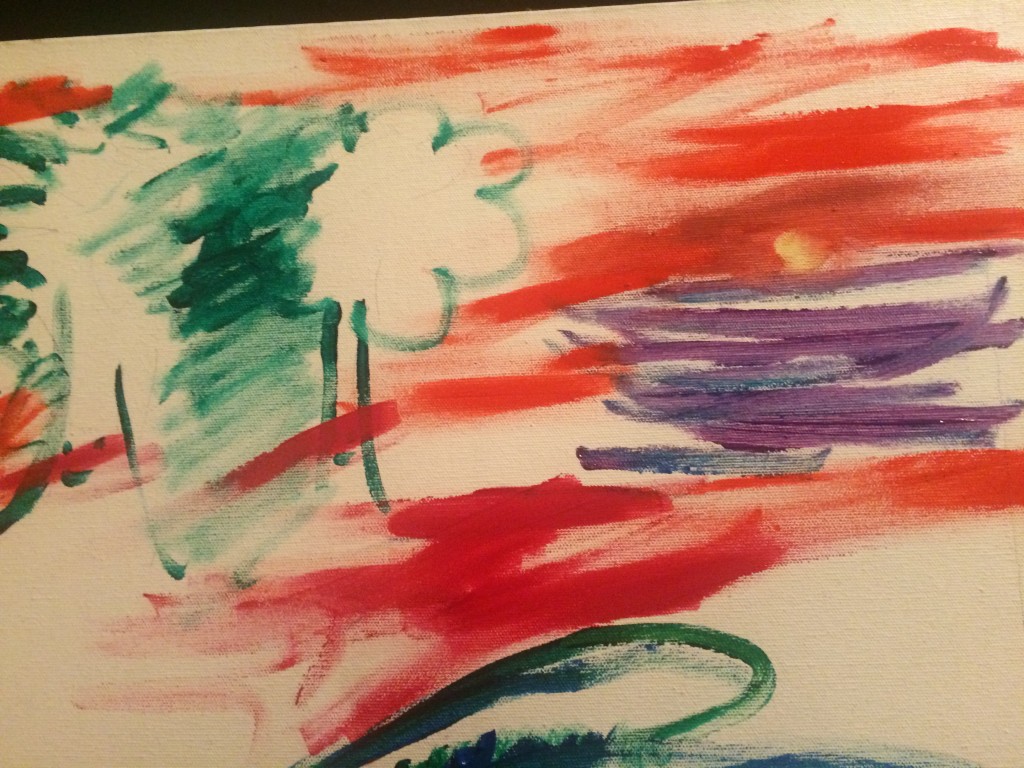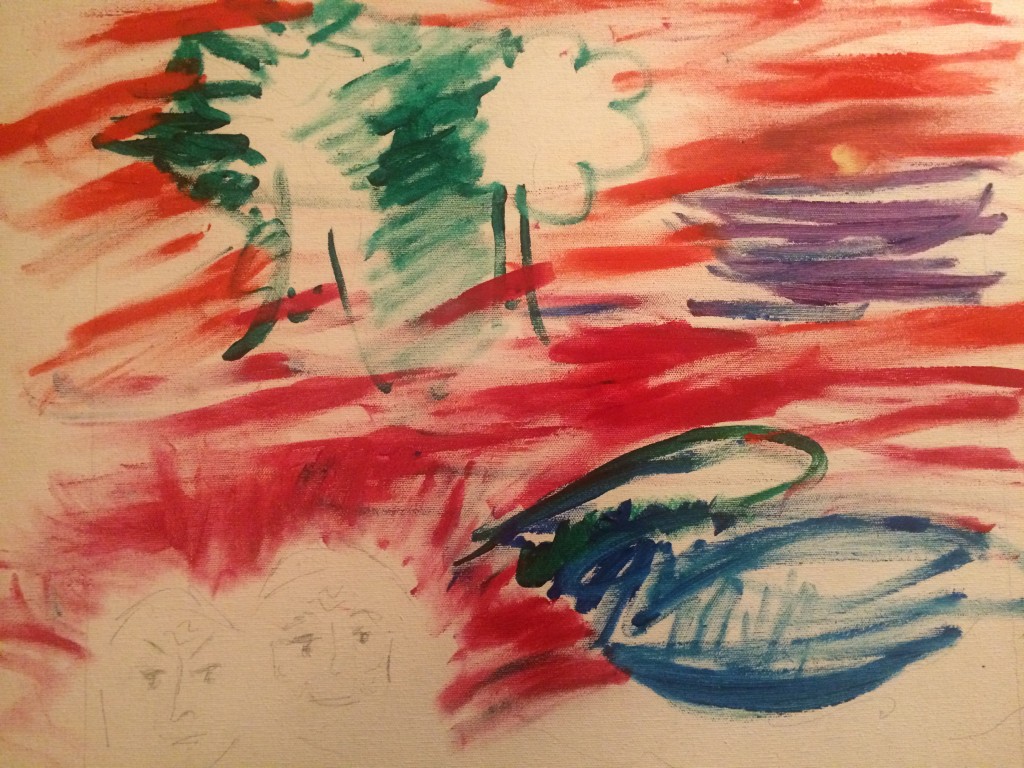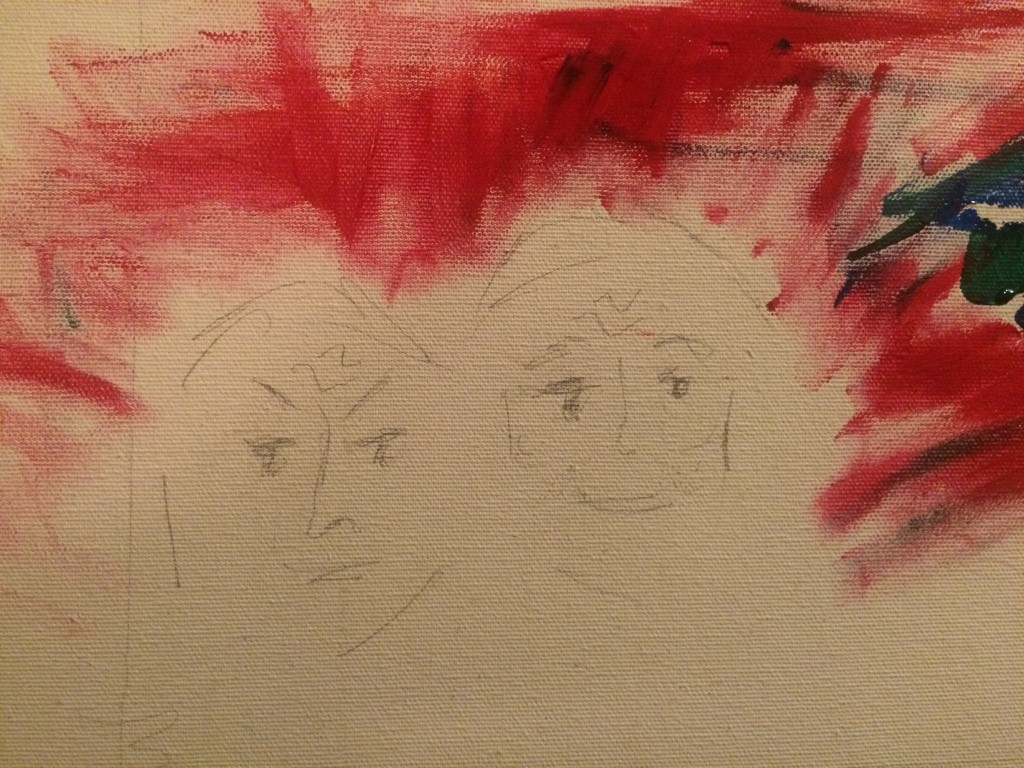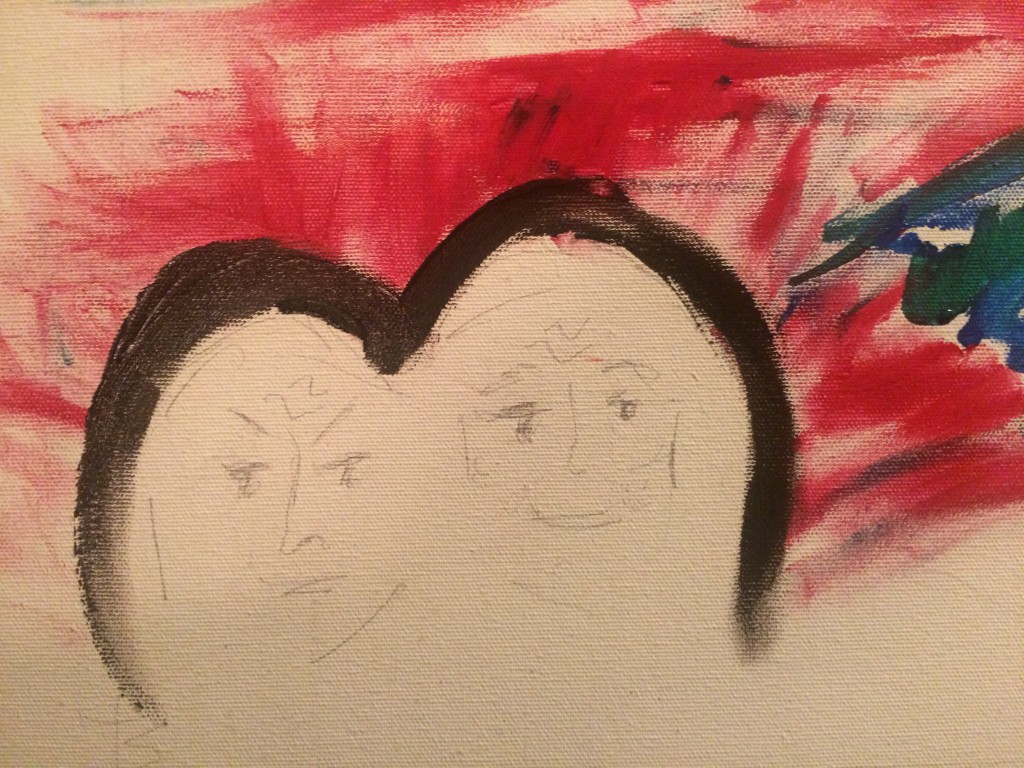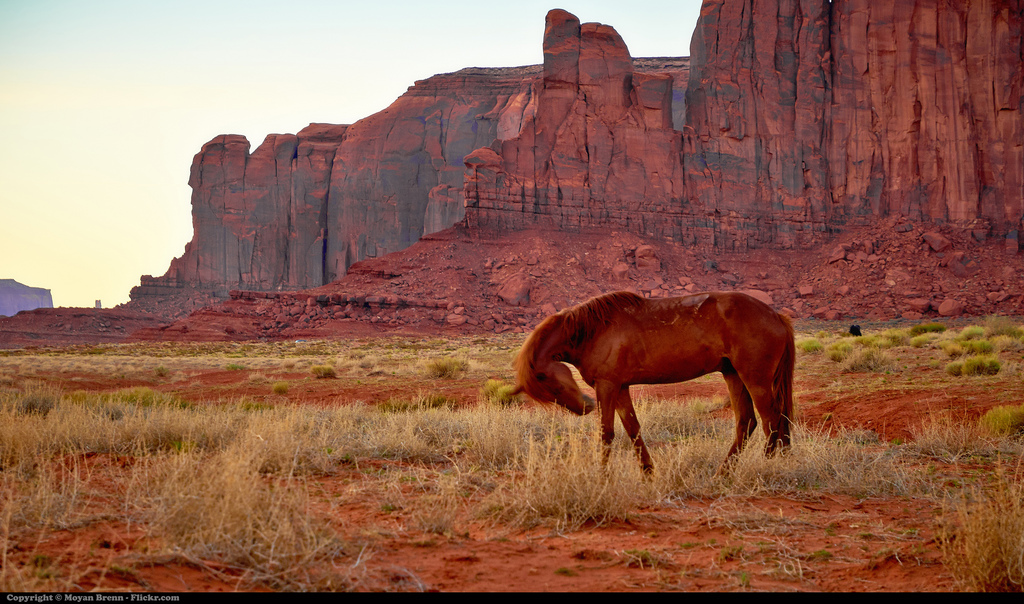How chaos came into the world…
First – there were two worlds.
The first world was one of colour and chaos.
The second world was blank. It had edges and limits… The only people in the blank world were two siblings: Twins.
One was strict,
and the other was loosey goosey.
Together they would create the world during the day, and at night it would be erased.
They did this for a long time, until one day – they found some colour. After years of thin lines the twins decided they wanted to see some colour in their world.
The loosey goosey twin painted first, long strands of green that developed into an outlandish tree.
The second twin painted a tree that stood strong, tall and lush.
That night the twins slept and overnight the trees grew their own personalities.
The twins were surprised that their trees hadn’t erased during the night, but they liked the trees and their new personalities, so they weren’t too worried. The twins were excited to have the trees to talk to, and the trees were excited about existing in this blank world. The twins went to sleep that night easily, knowing tomorrow they would have new friends.
The next morning the trees had attached to each other. The colour, it seemed, liked to grow and attach things together.
The twins decided they should add in a stream for the trees. The strict twin started with the stream,
and the loosey-goosey twin didn’t like that so much.
The loosey-goosey twin wanted the water to be different from the tree, so the twin let blue bleed in.
That night – the water filled out to be a whole ocean.
When the twins woke up they loved the ocean and wanted to create something to keep it company so they added a bit of sky.
The sky grew bigger and looked so lonely that the twins made it a nightlight so it would have some company while they slept.
While they slept, something happened…..
The nightlight grew.
The twins awoke to see the nightlight growing and growing…
Soon, the trees could no longer see anything but the nightlight.
The twins were worried about the nightlight – it was spreading so quickly… would it know when to stop?
The light surrounded them, and it didn’t have the balance they were used to… it seemed to them without both sides. And it got closer…
Before it touched them they made a barrier,
and it worked… for a bit… but the barrier didn’t want to keep the colours out, the barrier wanted to join in. So it began to spread.
and it spread…
Until everything was covered. And the twins were left in a new world, different from the one at the start.
The twins would cover this layer in colour, and again and again until they had built up the layers of the earth.
I started painting this story thinking I would tell about evil entering the world, but as I painted I liked the colour more than I liked the blank world I began with so I changed my story to reflect that fact.
The twins were borrowed from the other story in The Truth About Stories (King 18). I was enamoured of the balance they brought to Charm’s story and I wanted to have the same balance. The colour then was less evil, but more chaos, building the world beyond their control. The idea that there was no created “evil” was one that I wanted to get across, but just like the witches story – when something affecting and chaotic is introduced it cannot be erased.
Thanks for sticking around – would love to hear your thoughts!
Work Cited
King, Thomas. The Truth About Stories: A Native Narrative. Toronto: House of Anansi Press, 2003. Print.
